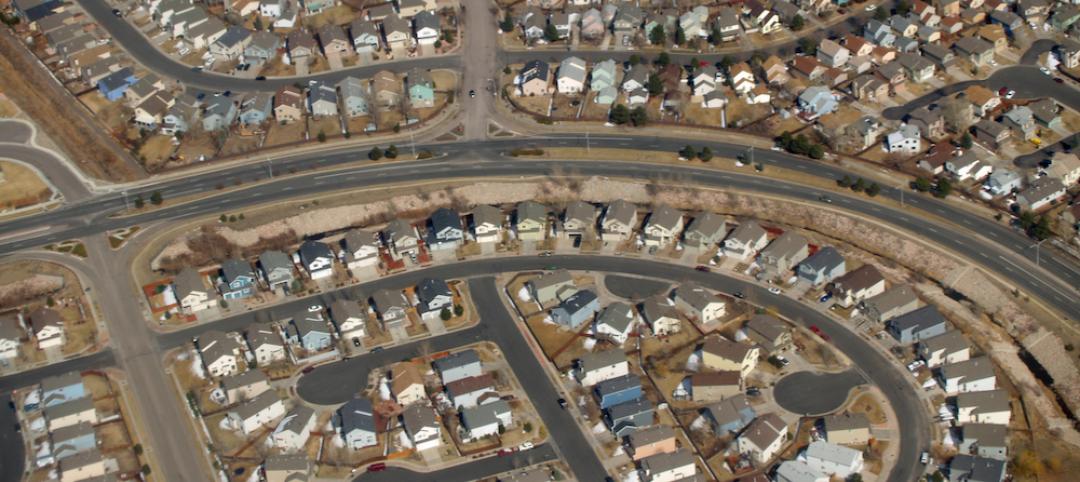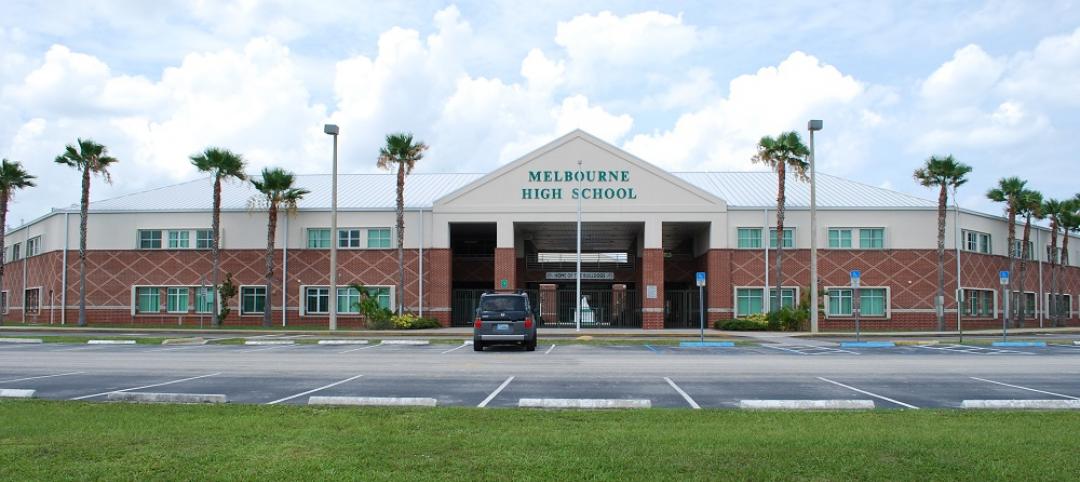An analysis by real-estate listing website Trulia in the 20 highest-priced U.S. housing markets from 1996 to 2006 found that residential property values near low-income housing were not significantly impacted.
The study looked at more than 3,000 low-income housing projects and their surrounding neighborhoods. Home values within 2,000 feet of low-income housing projects were largely the same as homes between 2,000 and 4,000 feet from these projects.
Some of the least affordable markets have experienced resistance to building affordable housing, with some opponents claiming these projects depreciate nearby home values. Opposition to affordable housing development has surfaced in tight housing markets across the country such as San Francisco, New York, and Seattle.
San Jose, Calif., was the most aggressive in adding low-income housing units (7.81 per 1,000 people) during the decade, Trulia says. By contrast, Oakland, (0.52 per 1,000 residents) added the fewest units per capita.
Of the 20 markets examined, Denver was the only metro area where homes located near low-income housing projects experienced an increase in price per square foot after a project was completed. In Boston and Cambridge, Mass., however, low-income housing projects had a negative effect on the value of nearby homes, suggesting a region-specific market effect. Affordable housing projects in most of the other areas had no significant impact on home values.
Related Stories
Roofing | May 16, 2016
New guide focused on increasing energy and structural performance with raised-heel trusses
Higher trusses simplify attic ventilation, leave more space for insulation.
Codes and Standards | May 11, 2016
Current California seismic codes provide safety, resiliency, but needed upgrades present challenge
Los Angeles requires seismic retrofits, but other cities do not.
Codes and Standards | May 10, 2016
Apple spars with Cupertino, Calif., mayor over strained city infrastructure
Apple’s new ‘spaceship’ campus project prompts questions about whether the company should pay more to offset traffic woes.
Codes and Standards | May 9, 2016
Safety Stand-Down yields proposals to boost construction safety
One example: Gilbane encourages safety harnesses for all working above 6 feet.
Codes and Standards | May 9, 2016
EcoDistricts unveils sustainable neighborhood framework
Focus is on equity, resilience, and climate protection.
School Construction | May 3, 2016
Florida clamps down on school construction spending
Critics fear rules will hamper ability to build schools with desired features.
Resiliency | May 2, 2016
Connecticut to develop new code standards for resiliency
Expected more frequent severe weather events due to climate change prompts review.
Contractors | Apr 29, 2016
OSHA issues advisory to protect workers from Zika virus
Construction industry workers considered at high risk.
Codes and Standards | Apr 28, 2016
New research finds 30 measures to significantly cut energy use
ASHRAE’s prescription cuts across all building types and climates.
Codes and Standards | Apr 27, 2016
Florida gives developers more time to install first responder radio signal systems
Expensive upgrades can be postponed for several years.

















